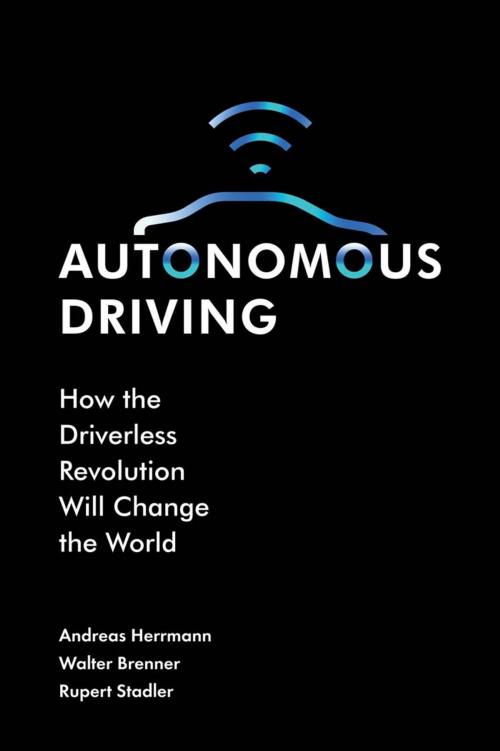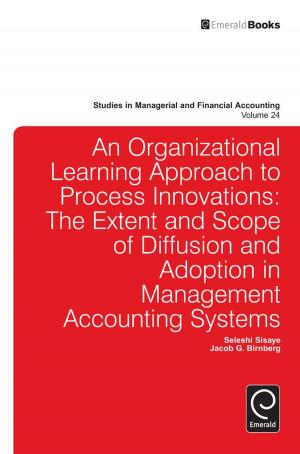Autonomous Driving
How the Driverless Revolution will Change the World
Nonfiction, Reference & Language, Transportation, Automotive, Business & Finance, Industries & Professions, Industries| Author: | Andreas Herrmann, Walter Brenner, Rupert Stadler | ISBN: | 9781787432680 |
| Publisher: | Emerald Publishing Limited | Publication: | March 26, 2018 |
| Imprint: | Emerald Publishing Limited | Language: | English |
| Author: | Andreas Herrmann, Walter Brenner, Rupert Stadler |
| ISBN: | 9781787432680 |
| Publisher: | Emerald Publishing Limited |
| Publication: | March 26, 2018 |
| Imprint: | Emerald Publishing Limited |
| Language: | English |
This book looks at the latest advances in autonomous driving, demonstrating that a future once considered science fiction is now close at hand.
Acceptance of driverless cars relies on more than just the technology that delivers it; in this book the authors consider the shift in attitudes required for social acceptance and a move towards considering cars one aspect of a wider mobility solution. In addition, a clear demand is arising from gridlocked megacities across the globe. Autonomous driving offers a solution for the high pollution levels and management of the transport infrastructure where current methods are proving insufficient in places of high population density.
Having highlighted the need for driverless cars, the book concludes with an ambitious agenda to ensure the successful delivery of autonomous driving. Political requirements, including investment in a new infrastructure and a commitment to collaboration across borders factors in the ten-point plan for governments seeking to establish international leaders in the latest advances in mobility services.
From ethical considerations in the programming of automated driving procedures to changes in attitudes towards car ownership and design, this title is a comprehensive look at the latest revolution in mobility.
This book looks at the latest advances in autonomous driving, demonstrating that a future once considered science fiction is now close at hand.
Acceptance of driverless cars relies on more than just the technology that delivers it; in this book the authors consider the shift in attitudes required for social acceptance and a move towards considering cars one aspect of a wider mobility solution. In addition, a clear demand is arising from gridlocked megacities across the globe. Autonomous driving offers a solution for the high pollution levels and management of the transport infrastructure where current methods are proving insufficient in places of high population density.
Having highlighted the need for driverless cars, the book concludes with an ambitious agenda to ensure the successful delivery of autonomous driving. Political requirements, including investment in a new infrastructure and a commitment to collaboration across borders factors in the ten-point plan for governments seeking to establish international leaders in the latest advances in mobility services.
From ethical considerations in the programming of automated driving procedures to changes in attitudes towards car ownership and design, this title is a comprehensive look at the latest revolution in mobility.















